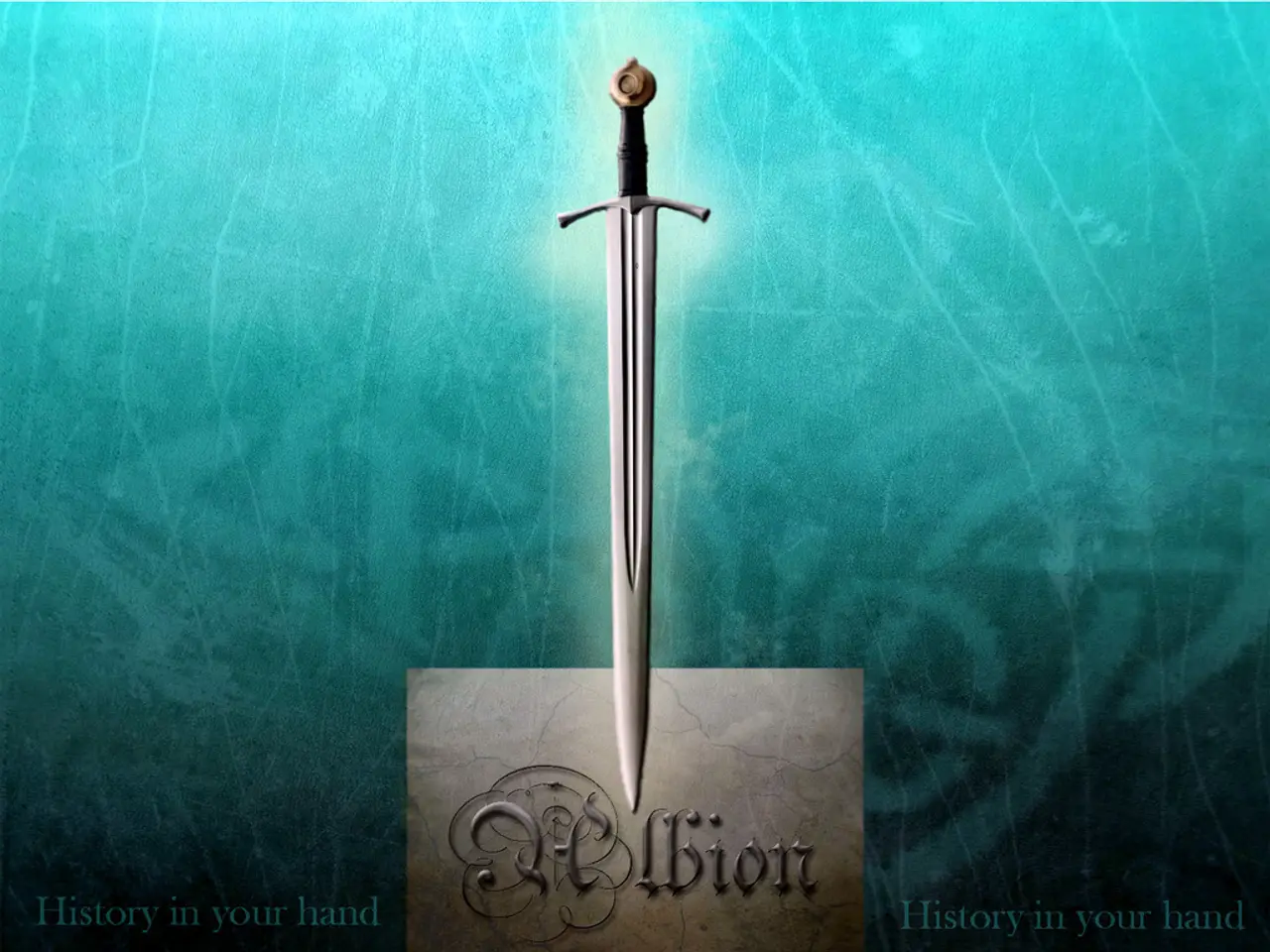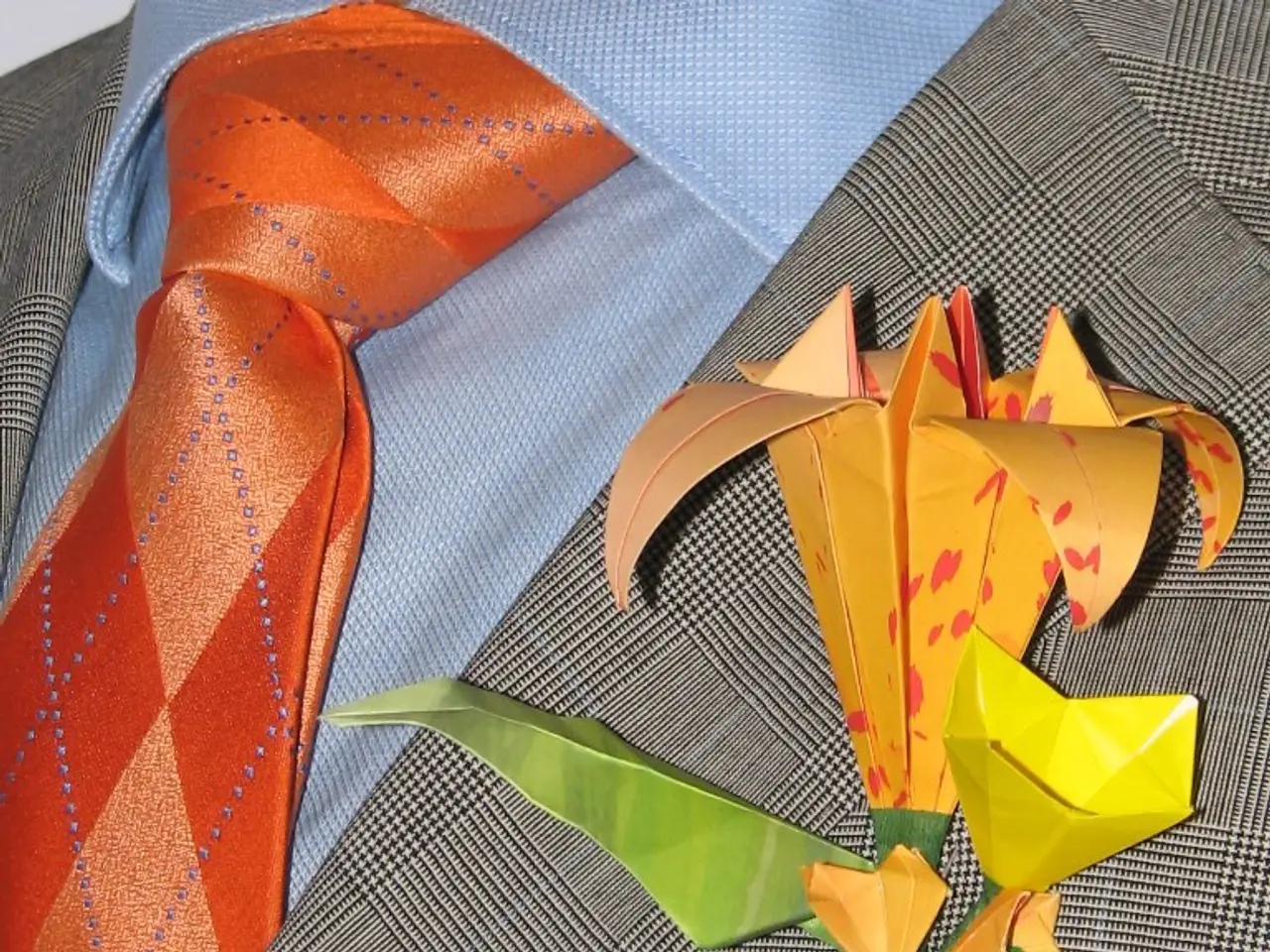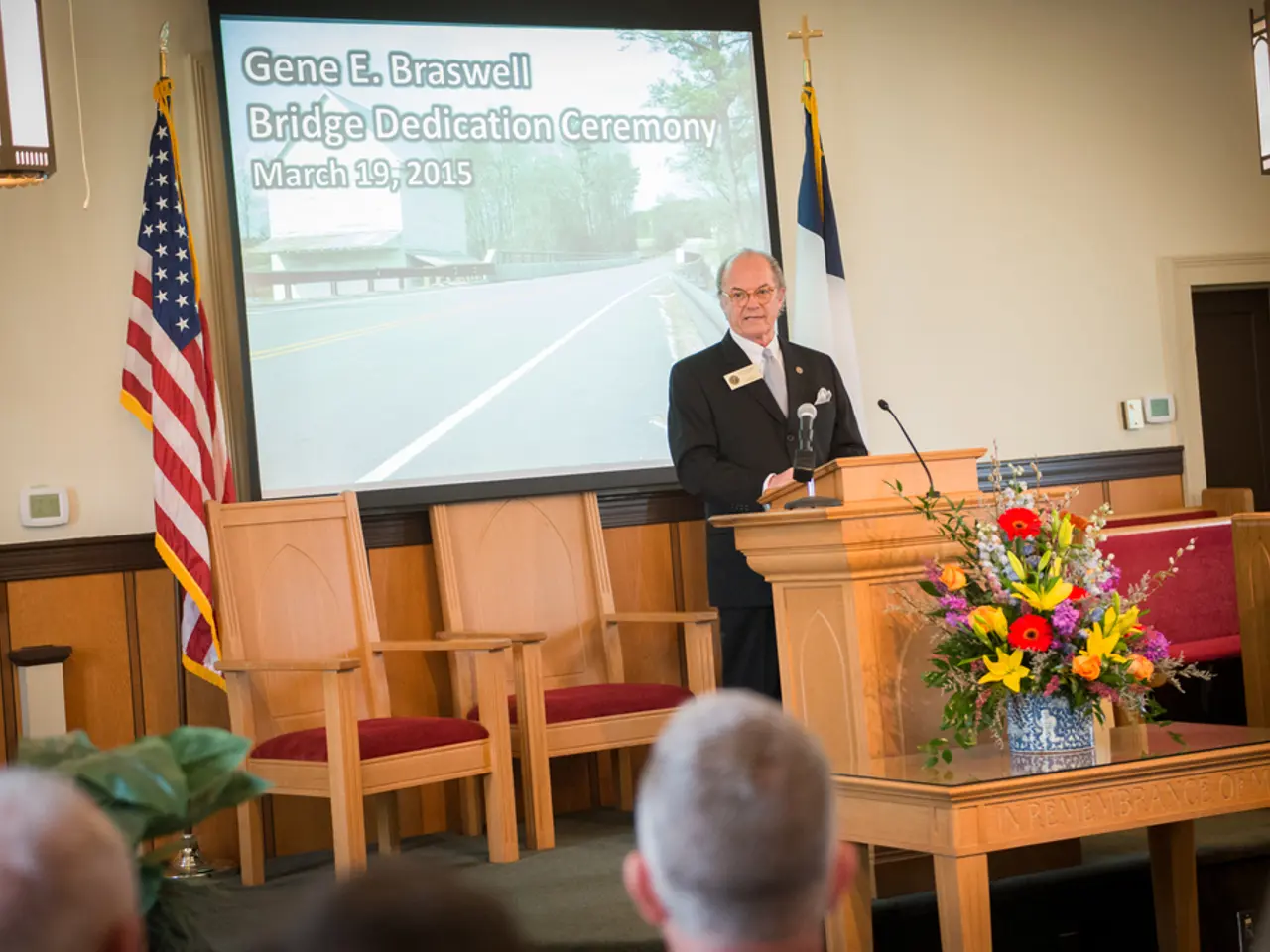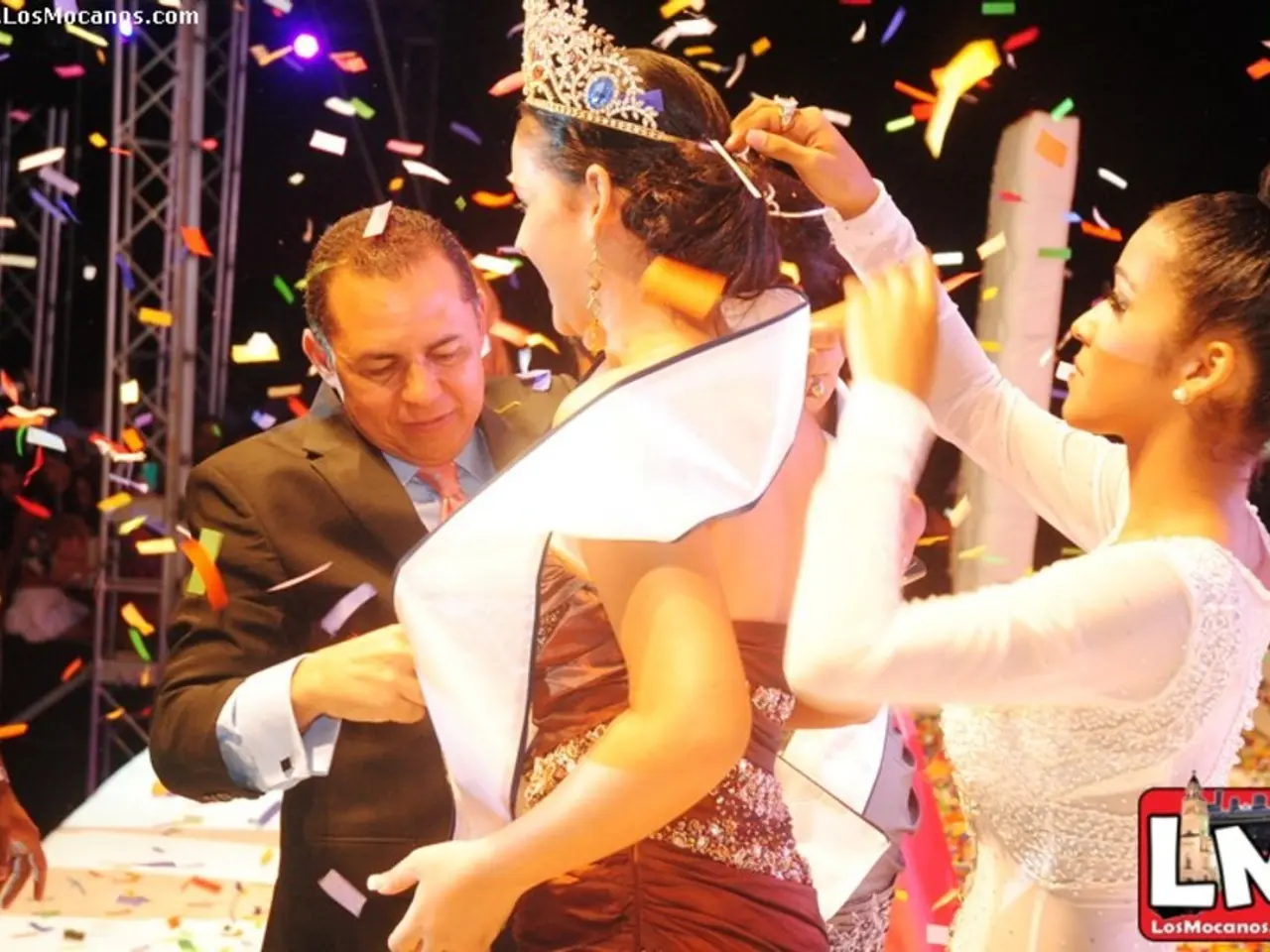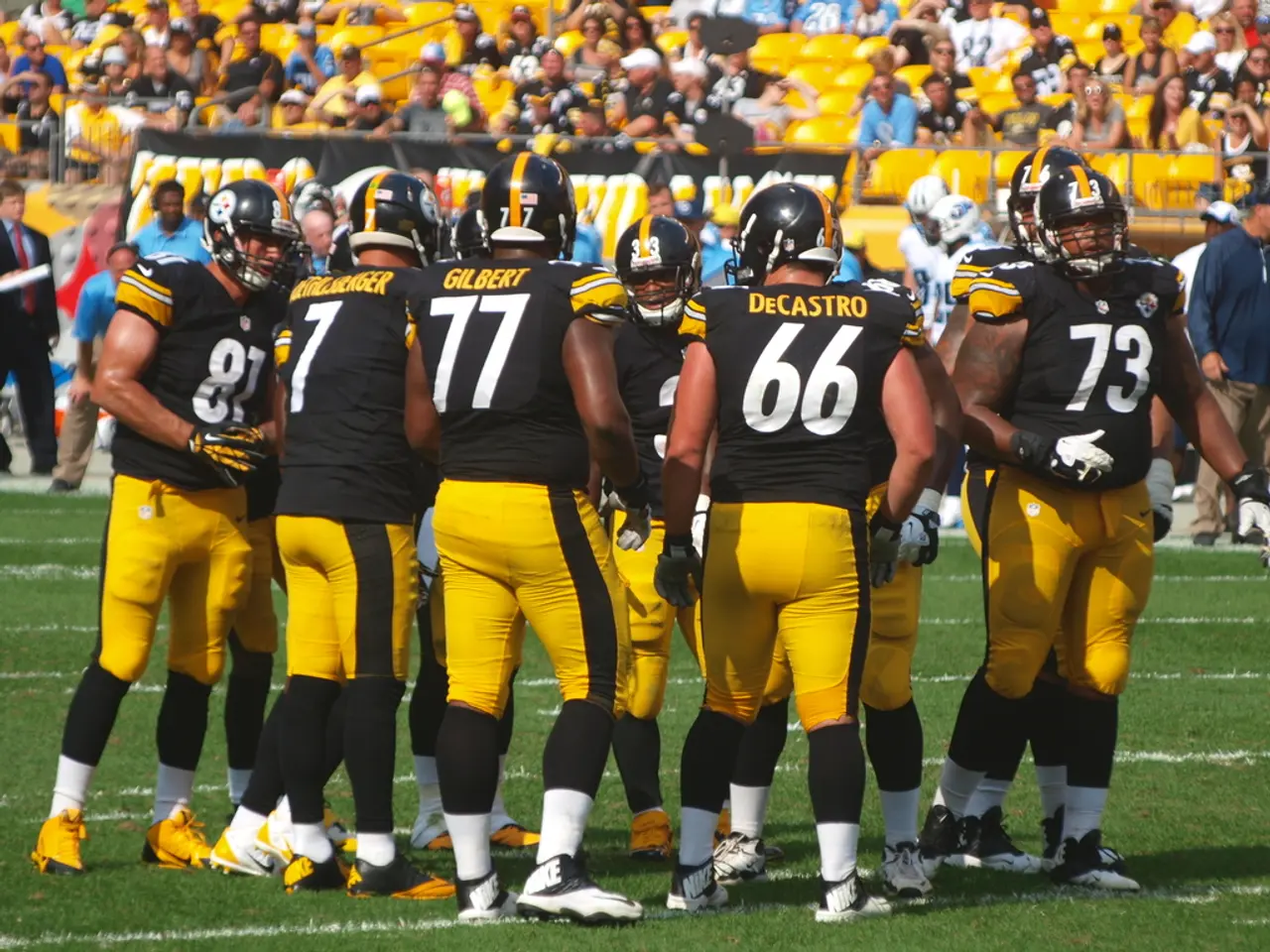Done with the Viking experience.
In the quaint town of Schleswig, Germany, the Viking Exhibition at Gottorf Castle is currently drawing in a unique crowd. The North German drizzle has set in, but the castle park is buzzing with excitement as visitors, many donning pagan metal shirts and neo-Norse attire, immerse themselves in the world of the Vikings.
The exhibition, a testament to the enduring fascination with Viking culture, has become a platform for elevated mansplaining, with men often dominating the conversation about the exhibits. However, it's not just the men who are lecturing; children are also learning about medieval weaponsmithing from their bearded fathers, and even some adults are giving impromptu lectures about the Vikings, albeit with inaccurate information at times.
The influence of historical television, such as the hit series "Vikings" on Netflix, is evident. Many visitors are highly identified with the exhibition's subject, their conversations filled with references to Ragnar Lothbrok and the maritime jarl-preppy style. The neo-Norse style, characterized by side-shaved hairstyles, beards with ringlets, runic and knot tattoos, and Thor's hammer necklaces, is popular among the cosplay fans who have graced the castle's grounds.
Another popular style inspired by the series is the maritime jarl-preppy style, complete with Top-Sider dragon boat shoes, a Prince Bluebeard cap, and a bear skin blazer. It's uncommon to find such dedicated cosplay fans at ancient collections, making the Viking Exhibition at Gottorf Castle a unique and engaging experience.
While the show may have sparked interest, it's essential to remember that historical accuracy is crucial. The portrayal of Viking culture in "Vikings" can foster a deeper curiosity about Viking history, but it may also create misconceptions if not entirely accurate. This might lead visitors to arrive at exhibitions with preconceived notions based on the show, challenging curators to provide accurate information and context.
Exhibitions could leverage the popularity of TV shows like "Vikings" by incorporating elements that resonate with viewers, such as interactive displays related to Viking heroics or mythological figures. By addressing the myth vs. reality aspects of TV portrayals, exhibitions can offer educational value, helping visitors understand the historical context behind the show.
In conclusion, while specific data on the impact of TV shows like "Vikings" on visitor behavior in historical exhibitions is not readily available, it is reasonable to infer that such shows can influence public interest and engagement with historical content. The Viking Exhibition at Gottorf Castle is a prime example of this, offering a unique blend of historical accuracy and popular narratives from TV shows, creating an engaging and educational experience for all.
The unique crowd at the Viking Exhibition, despite their interest in medieval weaponsmithing and discussions about the exhibits, sometimes lack historical accuracy, whether it's from men's mansplaining or children's learning or even some adults' impromptu lectures. This inaccurate information could stem from the influence of historical entertainment, such as the popular series "Vikings" on Netflix, which has inspired a range of styles among visitors, including the neo-Norse and maritime jarl-preppy styles. However, it's crucial for exhibitions to maintain historical accuracy, ensuring that visitors gain a comprehensive understanding of the Viking culture rather than being misled by TV portrayals. Therefore, exhibitions could capitalize on the popularity of such shows by incorporating interactive displays related to Viking heroics or mythological figures, addressing myth vs. reality aspects and offering an educational experience.
